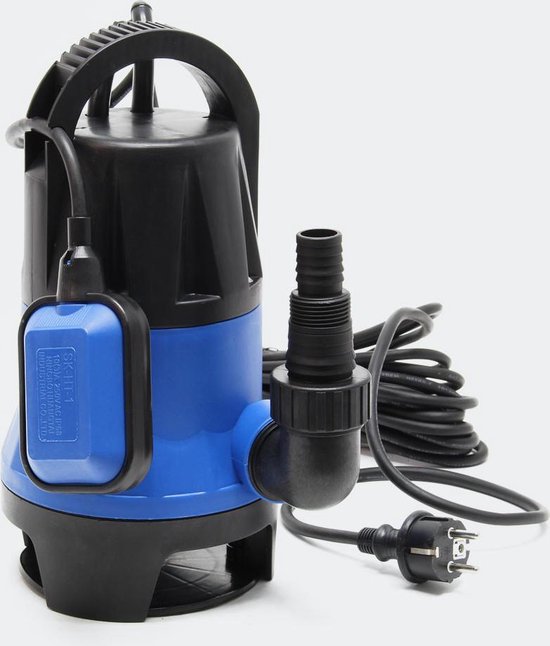I'm curious if there is a general consensus on how quickly a typical car or truck will circulate coolant thru the engine, radiator, and overflow tank when at operating temps? Is it a constant flow like at a faucet speed running thru? Or some other rate? When warm, would the coolant tend to circulate thru entirely in about 1 minute, or 5 minutes, or 10 minutes? A liter per minute, so a 10L system might circulate all of it in 10 minutes?
This isn't necessarily vehicle specific, but since it's easier to use a Mityvac to extract 1/3 of the coolant thru the radiator and overflow tank, than getting under and fussing with draining the block or valves, I'm just curious if doing partial coolant replacements with a Mityvac makes sense if the coolant is circulating and mixing at a relatively fast pace.
This isn't necessarily vehicle specific, but since it's easier to use a Mityvac to extract 1/3 of the coolant thru the radiator and overflow tank, than getting under and fussing with draining the block or valves, I'm just curious if doing partial coolant replacements with a Mityvac makes sense if the coolant is circulating and mixing at a relatively fast pace.
Last edited:


